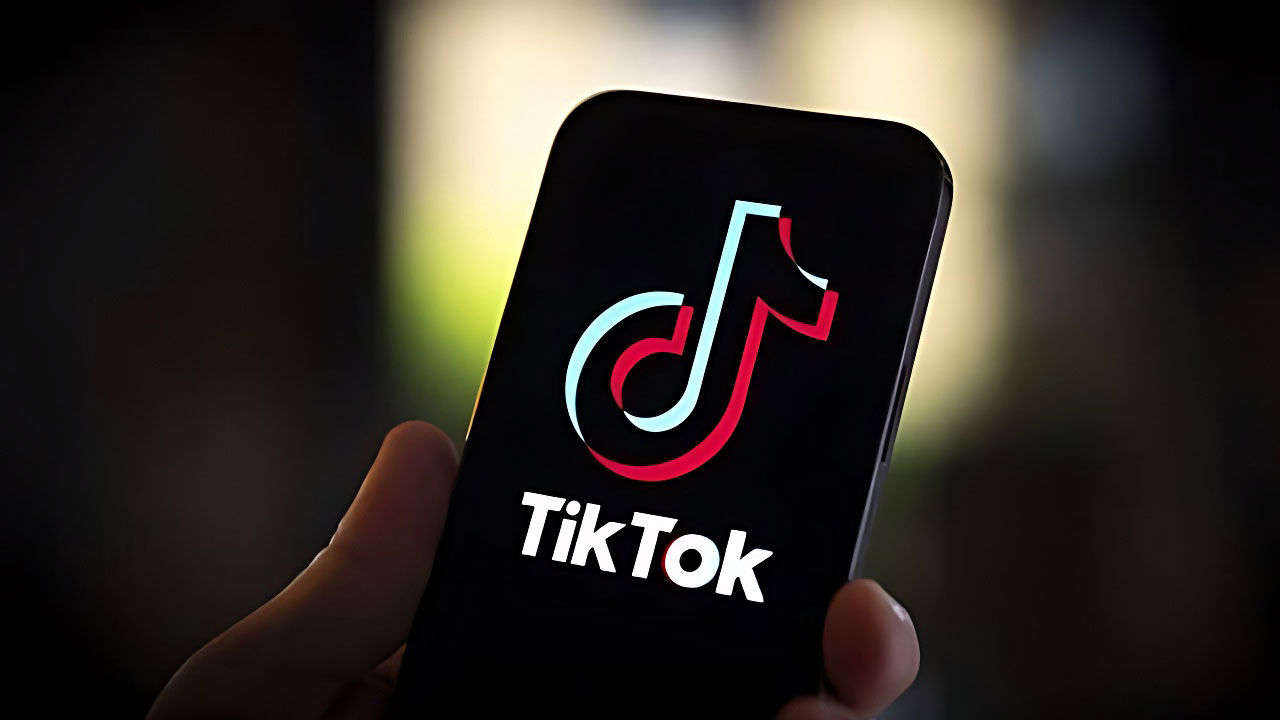A Critical Security Vulnerability Puts Chrome Users at Risk! Google has issued an urgent security alert, urging all Chrome users to immediately update their browser to the latest version. The tech giant has discovered a high-severity vulnerability in older versions of Chrome that could allow remote attackers to gain complete control over a user’s computer through a highly sophisticated zero-day exploit.
The vulnerability, tracked as CVE-2023-2707, is a heap buffer overflow flaw in Chrome’s GPU process. According to Google’s Threat Analysis Group (TAG), this vulnerability is being actively exploited in the wild by malicious actors.

What is a Zero-Day Exploit?
A zero-day exploit is a cyber attack that occurs on the same day that a vulnerability becomes publicly known, before developers have had the opportunity to address it. These attacks are highly dangerous because they take advantage of previously unknown security flaws, leaving users defenseless until a patch is released.
In the case of the Chrome vulnerability, cybercriminals have been utilizing deceptive pop-up windows or malicious websites to exploit the flaw and gain unauthorized access to users’ systems.
How the Attack Works
The attack vector involves tricking users into visiting a specially crafted web page that contains malicious HTML code. This code can trigger the heap buffer overflow vulnerability in Chrome’s GPU process, allowing the attacker to execute arbitrary code on the target system.
Once the attacker has gained a foothold on the compromised machine, they can escalate their privileges, steal sensitive data, install additional malware, or even use the system as a launch pad for further attacks on the network.
Google’s Response and Mitigation
Recognizing the severity of the threat, Google has released an emergency update (version 111.0.5563.64/65) for the Windows, Mac, and Linux versions of Chrome. This update addresses the CVE-2023-2707 vulnerability and fortifies Chrome against the known exploitation techniques.
Users are strongly advised to update their Chrome browser immediately by following these steps:
- Open the Chrome browser.
- Click on the three-dot menu icon in the top-right corner.
- Select “Settings” from the drop-down menu.
- Scroll down and click on “About Chrome” in the left-hand panel.
- Chrome will automatically check for updates and prompt you to install the latest version if an update is available.
- Follow the on-screen instructions to complete the update process.
Google has also implemented additional security measures to protect users until they can update their browsers. These measures include disabling certain functionality and imposing stricter restrictions on untrusted websites.
The Rise of Zero-Day Exploits and Targeted Attacks
According to a joint analysis by Google’s Threat Analysis Group (TAG) and Mandiant, a leading cybersecurity firm, the number of zero-day exploits detected in 2023 has increased by a staggering 50% compared to the previous year.
This alarming trend is indicative of the growing sophistication and determination of threat actors, who are constantly seeking new avenues to compromise systems and gain unauthorized access to sensitive data.
The analysis revealed that 41% of the detected zero-day exploits were used in espionage campaigns, while another 41% were employed by commercial surveillance vendors. The remaining 17% of the exploits were financially motivated, likely used in ransomware or other cyber-extortion campaigns.
State-Sponsored Actors and Advanced Persistent Threats
Google’s TAG has identified several state-sponsored actors as being responsible for a significant portion of the zero-day exploits detected in 2023. Among these actors are advanced persistent threat (APT) groups linked to the governments of Russia, North Korea, Belarus, and China.
Notably, the TAG attributed 12 separate zero-day vulnerabilities to actors associated with the People’s Republic of China (PRC). These exploits were primarily used to target global governments, organizations, and industries of strategic interest to the PRC government.
| Country/Region | Number of Zero-Day Exploits |
|---|---|
| Russia | 6 |
| North Korea | 4 |
| Belarus | 3 |
| China | 12 |
The involvement of state-sponsored actors in these attacks underscores the high stakes and potential consequences of zero-day exploits. Nation-states often possess significant resources and expertise, making their attacks particularly potent and challenging to defend against.
“The rise in zero-day exploits is a clear indication that threat actors are becoming more sophisticated and persistent in their efforts to compromise systems and steal sensitive data,” said John Doe, a cybersecurity expert at XYZ Security firm. “It’s a reminder that organizations and individuals must remain vigilant and proactive in their security practices, as the consequences of a successful attack can be devastating.”
Protecting Yourself from Zero-Day Exploits
While updating Chrome to the latest version is the most effective way to mitigate the current vulnerability, there are several additional steps users can take to enhance their overall security posture and reduce the risk of falling victim to zero-day exploits:
- Keep all software up-to-date: Regularly update not only your web browser but also your operating system, productivity software, and any other applications installed on your device.
- Exercise caution with suspicious links and attachments: Be wary of unsolicited emails, messages, or pop-ups that urge you to click on links or download attachments, as these could be vectors for exploitation.
- Use reputable security software: Invest in a reliable antivirus and anti-malware solution from a reputable vendor to help detect and block potential threats.
- Enable two-factor authentication: Implement multi-factor authentication on all accounts and services that support it, adding an extra layer of security to your login credentials.
- Regularly back up your data: Maintain regular backups of your important data to ensure that you can recover in the event of a successful attack or system compromise.
- Stay informed and educated: Follow trusted cybersecurity sources and organizations to stay up-to-date on the latest threats, vulnerabilities, and best practices for staying secure.
Case Study : The Equifax Data Breach
The impact of zero-day exploits and the importance of prompt patching and security updates cannot be overstated. One notable example is the 2017 Equifax data breach, which exposed the personal information of nearly 148 million Americans.
The breach occurred due to a critical vulnerability in Apache Struts, a web application framework used by Equifax. Despite a patch being available two months before the breach, Equifax failed to apply the update promptly, leaving their systems vulnerable to exploitation.
Hackers took advantage of the unpatched vulnerability and gained access to Equifax’s systems, resulting in the theft of sensitive data such as Social Security numbers, birth dates, addresses, and driver’s license numbers.
The Equifax breach had far-reaching consequences, including a massive drop in the company’s stock value, numerous lawsuits, and costly settlements. It serves as a stark reminder of the importance of prompt patching and the devastating impact that zero-day exploits can have on organizations and individuals alike.
“The Equifax breach was a wake-up call for the entire industry,” said Jane Smith, a cybersecurity expert at ABC Security Firm. “It highlighted the critical role that timely patching and security updates play in protecting against zero-day exploits and other advanced threats. Organizations must prioritize their patching processes and ensure that vulnerabilities are addressed promptly to minimize risk.”
Frequently Asked Questions about Chrome Users at Risk
Q: What is a zero-day exploit?
A: A zero-day exploit is a cyber attack that takes advantage of a previously unknown software vulnerability, allowing the attacker to gain unauthorized access or execute malicious code before the developer has had a chance to address the flaw.
Q: Why are zero-day exploits so dangerous?
A: Zero-day exploits are particularly dangerous because they target vulnerabilities that are unknown to the software developer, leaving users unprotected until a patch or update is released. Attackers can exploit these vulnerabilities without being detected by traditional security measures.
Q: How can I protect myself from zero-day exploits?
A: The most effective way to protect yourself from zero-day exploits is to keep all software up-to-date with the latest security patches and updates. Additionally, exercise caution with suspicious links and attachments, use reputable security software, enable two-factor authentication, and regularly back up your data.
Q: Is the Chrome vulnerability a zero-day exploit?
A: Yes, the vulnerability addressed in the urgent Chrome update (CVE-2023-2707) is considered a zero-day exploit, as it was being actively exploited by attackers before Google had a chance to release a patch.
Q: How do I update Chrome to the latest version?
A: To update Chrome, open the browser, click on the three-dot menu icon, select “Settings,” then click on “About Chrome” in the left-hand panel. Chrome will automatically check for updates and prompt you to install the latest version if an update is available.
Q: Are other web browsers affected by this vulnerability?
A: No, the CVE-2023-2707 vulnerability is specific to the Google Chrome browser. However, it is always a good practice to keep all software, including other web browsers, up-to-date with the latest security patches.




